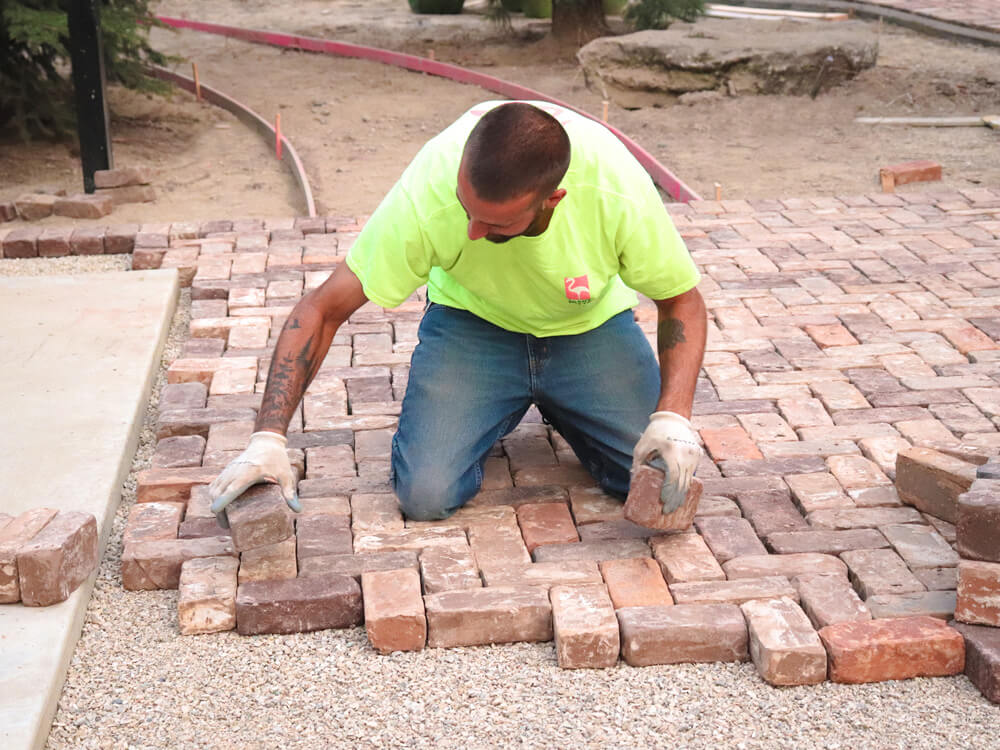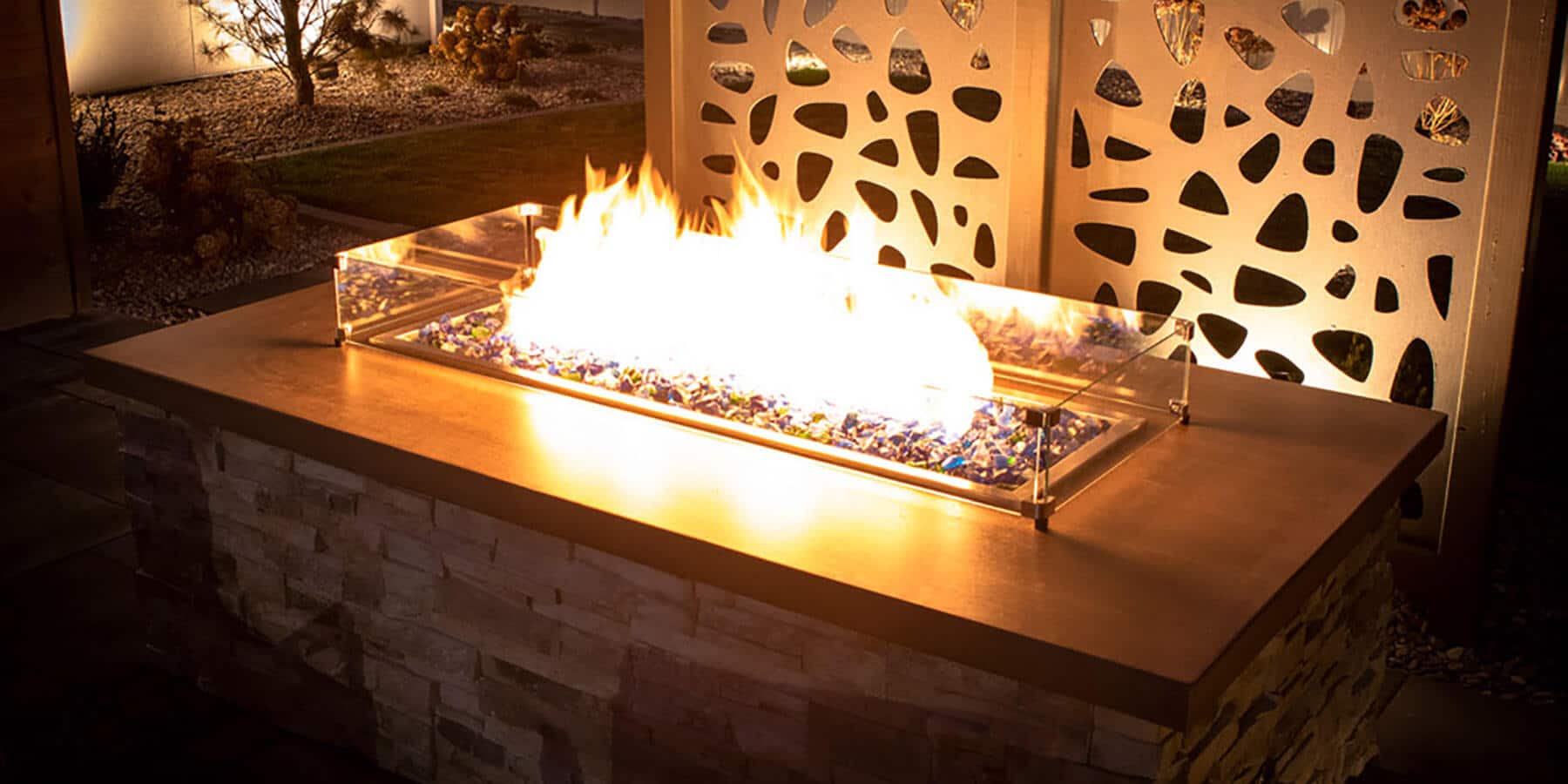According to the Farmer’s Almanac long-range weather forecast, Boise and the surrounding Treasure Valley are heading towards a wet winter with above-average snowfall in the mountains. And so far, it’s been no joke!
Having wrapped up an undoubtedly cold November, December’s already brought much promise to the Valley and mountains with snowfall. If you’ve already shut yourself in for hibernation, we don’t blame you, but here are a few tips on why you should keep an eye on the garden this winter.
Water
First things first, pay attention to local weather channels and the Farmer’s Almanac. Although we’ve already had plenty of precipitation, you shouldn’t entirely rely on rain and snow to water your plants—especially if there is an unforeseen change in weather patterns.
Seeing how wet the last few weeks have been, this advice is prudent, notably if anything’s been planted in your landscape since August. Plants focus their energy on root establishment in autumn. However, it isn’t enough time to form deep root systems before winter. Without the aid of water, frost penetrates deeper into dry soil, which could damage your plant’s shallow roots.
November and December have given the Treasure Valley plenty of rain and snow, but we’re not totally out of the woods. If the upcoming winter months slow in precipitation, check the soil with a moisture meter or use a screwdriver. If the screwdriver is challenging to push into the ground and comes out dry, it’s likely time to water. Repeat the process every few weeks if no precipitation falls.
If watering is necessary, do so on a day above forty degrees. All sprinkler systems should be off, so opt for a hose or watering can. For trees and large shrubs, keep the water within the radius of the canopy. Set a trickle to water deep for about ten minutes using a hose, and allow the water to soak in. If watering perennials and small shrubs, water at the crown.
Snow
The Good
Did you know snow is a natural insulator because it protects against temperature fluctuations in the soil? Snow is mainly comprised of air surrounded by frozen water. The air is constricted and slows the heat transfer process, so plants are protected from the freeze-thaw cycle.
Nitrogen is also found in the snow. When the snow begins to melt, nitrogen becomes readily available for plants—acting as a natural fertilizer.
And to those who didn’t get your landscape cleaned up before the cold snap, a blanket of snow hides the unwanted debris. Woohoo!
The Bad
Many established trees and other plants are adapted to snowy conditions in the Treasure Valley. However, snow in substantial amounts can cause breakage in branches, trunks, and stems. If you notice snow piling up on branches, take a broom and gently brush the snow off before the limbs get too heavy and break.
Be aware of your snow piles when shoveling. Avoid burying plants and landscape beds, especially if there are traces of ice-melt salt.
When the snow melts, look for standing pools of water in your garden beds. This signifies poor drainage and that your landscape needs more organic matter. Work in compost in the spring and leave leaves to decompose in the fall through winter. Adding bark mulch in the summer will also improve your soil’s health.
Ice
When branches and stems are covered in ice, they’re brittle and break easier. Hitting or knocking them with a broom may cause more harm than good. If any branches are frozen, let the ice melt off naturally.
Well-maintained trees with a balanced canopy distribute ice and snow evenly. Healthy tree limbs are flexible and will likely return to their natural form once the ice melts. If a branch doesn’t recover or is broken or damaged, it’s best to prune it off in early spring.
Regular care and surveillance of trees and shrubs during the year are the best ways to prevent ice damage.
In the Meantime
If everything is taken care of and your plants are happily in hibernation, here are a few things you can do this winter.
1. Evaluate the garden. With nothing but bare bones in the landscape, Boise’s winters are perfect for surveying. Take note of bare spots or areas you want to improve in the spring. Do you have enough four-season interest? There are many plants suitable for our area that offer multi-season interest.
2. Sketch out what you want and peruse garden magazines for inspiration. Now is the perfect time to get your ideas on paper. It’s easy to say you’ll do it once spring comes, but we all know spring is one of the busiest times for gardeners!
3. Order seeds. Planning vegetable and cut flower gardens is best done in the winter, so you don’t have to scramble during the mad dash in March and April. Take the time now to consider what you want to grow and eat this upcoming season. Many seed companies offer wide varieties and cultivars. We carry Snake River Seeds and Botanical Interests if you want to shop in person.
4. Clean and sharpen your tools. Is anyone else guilty of going too long without giving your tools a good polish? Take advantage of any downtime you have this winter. Clean tools get the job done easier, faster, and safer.
Whether it’s your first or 50th winter in the Treasure Valley, this time of year can be challenging for plants. We’re open year-round, so don’t hesitate to ask about your landscape and garden. Our staff is always willing to help!
By Riley Stewart


